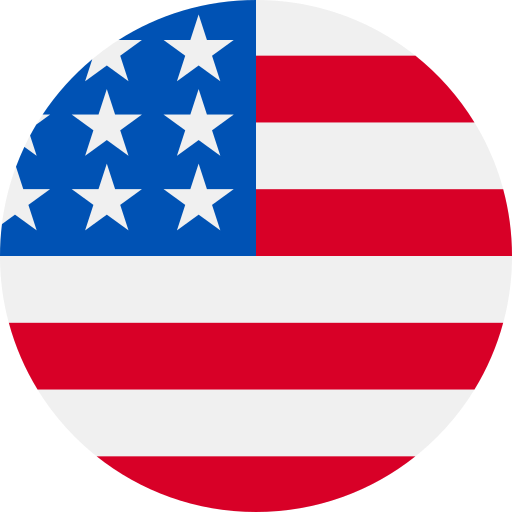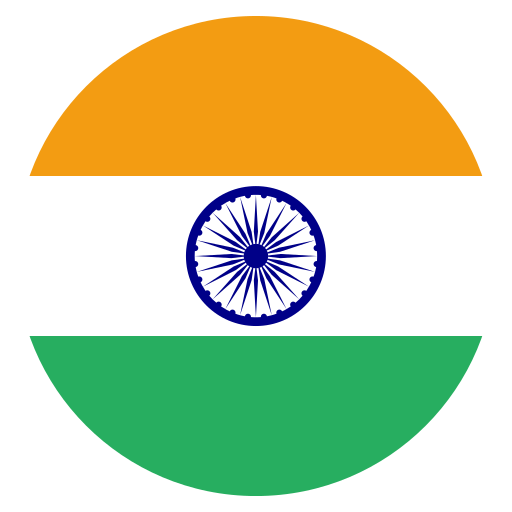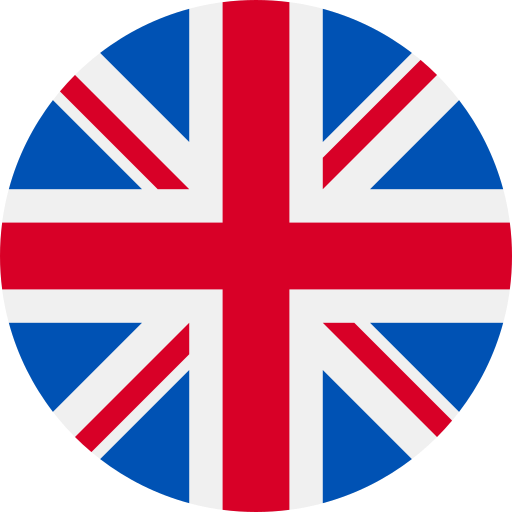
Data scrapping, also known as web scraping, is extracting information from various sources, including web pages, visuals, spreadsheets, etc. It is carried out using various web scraping software or tools.
However, some of these software lack the capability of extracting data from visuals, especially images. People often think of it as a trick task, but thanks to technology, it’s not now. In this blog post, we will share some simple solutions that will streamline the process of scrapping data from visuals.
Importance of Scrapping Data from Visuals
Visual content is more important nowadays. They contain key information like statistics or data. According to statistics shared by Sproutworth, visual content brings 94% more views rather than simple text-only content. This is the reason you’ll find them in most of the online content.
As data scraping is the process of extracting information, we can’t ignore the visuals. It’s necessary to extract the information from them too. Below we have shared some reasons that’ll help you understand why we are emphasizing it.
- Visuals like images, charts, or videos can contain a lot of data that might be hard to see at first glance. Scraping helps you quickly extract this hidden information.
- The data scrapped from visuals helps in analyzing things like sentiment or object recognition.
- Visual data (e.g., images or scanned papers) is often unstructured. Scraping makes it usable for analysis.
- Provides datasets for training machine learning models, helping them learn better.
Data Scrapping Solutions for Visuals – Semi-Automated Approach
Now comes the important thing. How to scrape data from visuals? Well, if you search for data-scrapping solutions online you’ll find various options i.e., browser extensions, software, OCR tools, etc. Each method has its own pros and cons. For example, browser extensions sometimes lack accuracy, software is good but complex to use.
For those, who want a simple yet reliable solution we recommend two options i.e., whether to use online OCR tools or let an image OCR service do the work for you.
Why? You can find the answer to this below.
1. Online OCR Tools
These are the tools that use a technology i.e., OCR (optical character recognition) for extracting text from images. Online OCR tools are very easy to use, all a user needs to do is not upload image > extract text > copy/download text.
They are a highly recommended solution for small businesses, students, professionals, or any other person who wants to extract text from an image instantly.
The good thing about online OCR tools is that:
- They are highly accurate in extracting text from images
- They can handle a batch of images at a time smoothly
- No language barriers, most of them are multilingual
- Provides the text extracted from images in an organized manner
After a bit of research, we have found some reliable OCR tools that can assist you with scrapping data from images.
i. Jpgtotext.com
This OCR tool lets users extract text from images instantly. The tool is free to use (unlimited), but for up to 3 images at a time. This means if you need to scrap data from up to 3 images you can do that for free. The tool also lets users extract text from images available online by inserting the link (this feature is limited to only one URL at a time).
To scrap from more than 3 in a single attempt you’ll need to buy a subscription which usually costs around $5.99/month. By having a subscription, you can process and scrap text from up to 50 images in one go. Plus, their lifetime plan enhances this limit further to 70 images, which usually costs around $65 (for 5 years).
ii. Imagetotext.cc
Imagetotext.cc is another OCR tool with good accuracy in extracting text from images. This tool also lets users extract text from up to 3 images for free. But it has some limits. Free users can only process 15 images a day. Plus, it also lacks the feature of scrapping data from images available online. Users have to upload the images from their devices.
To enhance the limit users have to attain a membership which usually costs around $4.99/month (up to 10,000 images). Their lifetime plan costs around $49.99 and allows them to extract text from 3,60,000 images.
You might think that the prices of this tool are higher than the previous one and also have a limited number of images. But when you look at its features like high accuracy in detecting and scrapping text from handwritten or blurry images, you’ll find it worthy.
iii. Extracttextfromimage.com
This OCR tool is unlimitedly free to use and requires no premium subscription right now. But it also processes only 3 images in one go. There’s no option to enhance the limit. If you have to scrap data from an image then it’s a good option to consider.
But if you need more than that then we will not recommend this one because to scrap data from more than one you have to repeat the process again and again. Besides fast extraction, this tool also has the ability to extract text from images available online (one at a time).
iv. Image to Text Converter by Editpad
If you use online tools to streamline your tasks, you might have come across Editpad. It’s an online notepad that also offers a big set of text tools, including an image-to-text converter. Their image-to-text converter also attains good output accuracy. Plus, it also has the link insertion feature for extracting text from online images.
The free version of this tool also allows you to process 3 images at a time (unlimited). To enhance the limit you have to go for a subscription which usually costs around $12.99/monthly (up to 10k images) or $125/yearly (up to 100k images).
v. Picturetotext.org
Picturetotext.org is another tool that can help you with scraping data from visuals. On the tool page, they claimed that the tool boasts advanced OCR technology. Like, Extracttextfromimage.com, this tool is also totally free. Currently, no premium plans are available for it. The free plan is also limited to processing up to 3 images at a time.
So, in case you need to scrape data from limited images like up to 3, it’s a good option to go for. But if you have to perform visual data scrapping in bulk, consider another option mentioned in the post above.
2. Image OCR Services by Xbyet.io
If you are looking for bulk scraping of data from visuals like in hundreds or thousands you have to go for image OCR services like the one offered by Xbyte.io. All you need is to tell about the data you want to scrap from visual and X-Byte will handle all the processes for you with precision.
X-Byte image OCR services involve specific scanners and automatic detection feeders that are designed to perform quicker scrapping and high-resolution outputs. Moreover, there’s also an API that is recommended for Enterprises who want to automate their visual data-scrapping tasks.
There are no dedicated pricing plans for this service. Every customer in need can get a customized plan as per their needs.
Bottom Line
Scraping data from visuals, including images and charts, has become easier with the help of modern technology. With the right tools, you can quickly and accurately scrape important information from images. From free online OCR tools to more advanced services for enterprises, there are various solutions available to suit different needs. Try one of the solutions we have discussed in this blog post above and see how smoothly the visual data scraping process they made is easy for you.














